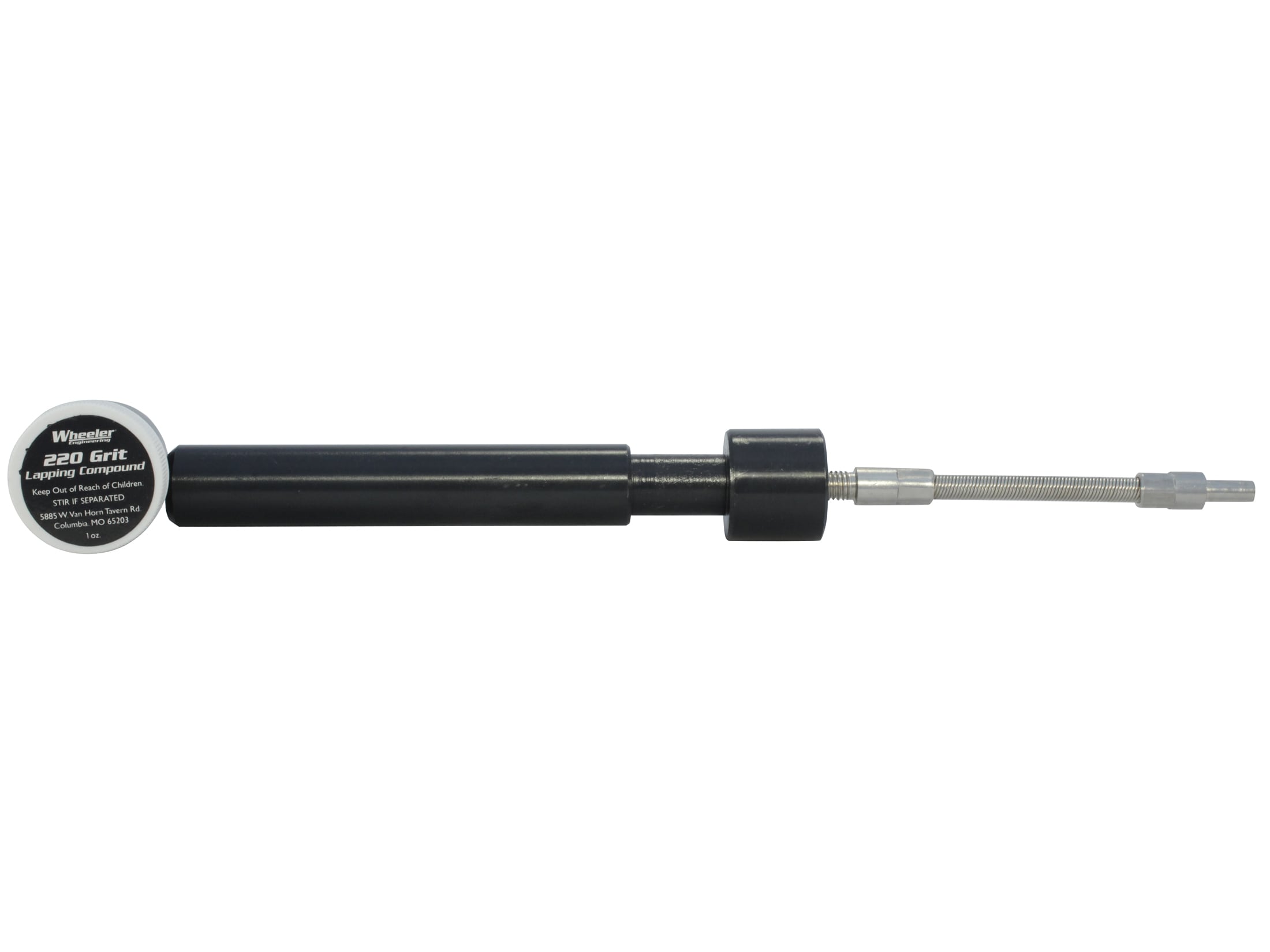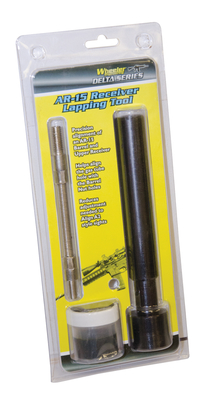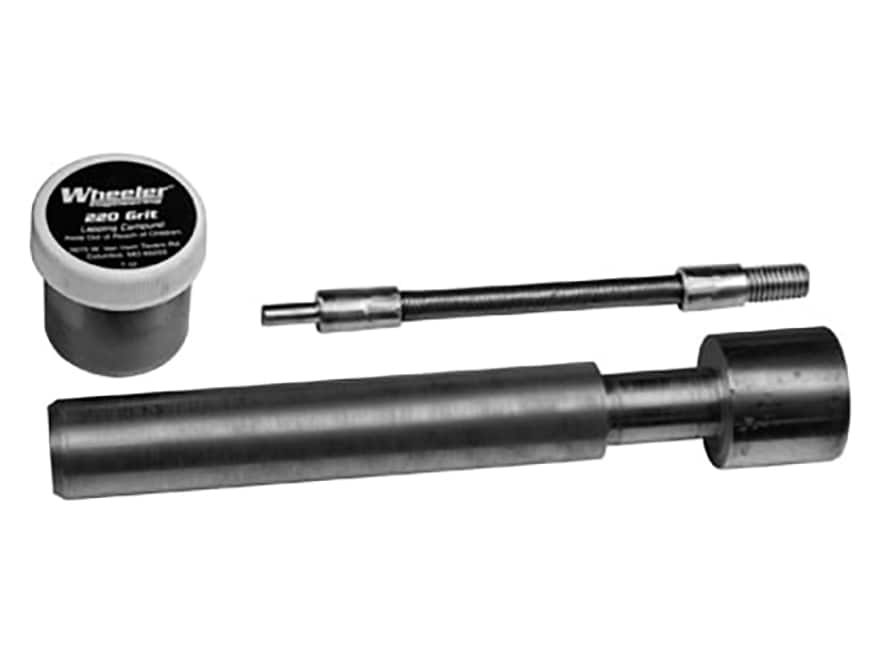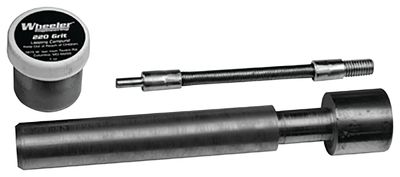Why does lapping the receiver face not affect head space? It seems like the barrel is being set back. Just wondering.
Actually the whole barrel and receiver extension are for all intents , "one piece"... and the bolt will seat with in that whole piece.
So a few thousands ( if that ) isn't going to adversely effect the bolts function at all.
If the barrel ( itself, no receiver extension, the RE controls the headspace in a round about fashion ) was screwed into the receiver / mounted to the upper... then headspace would be effected.






